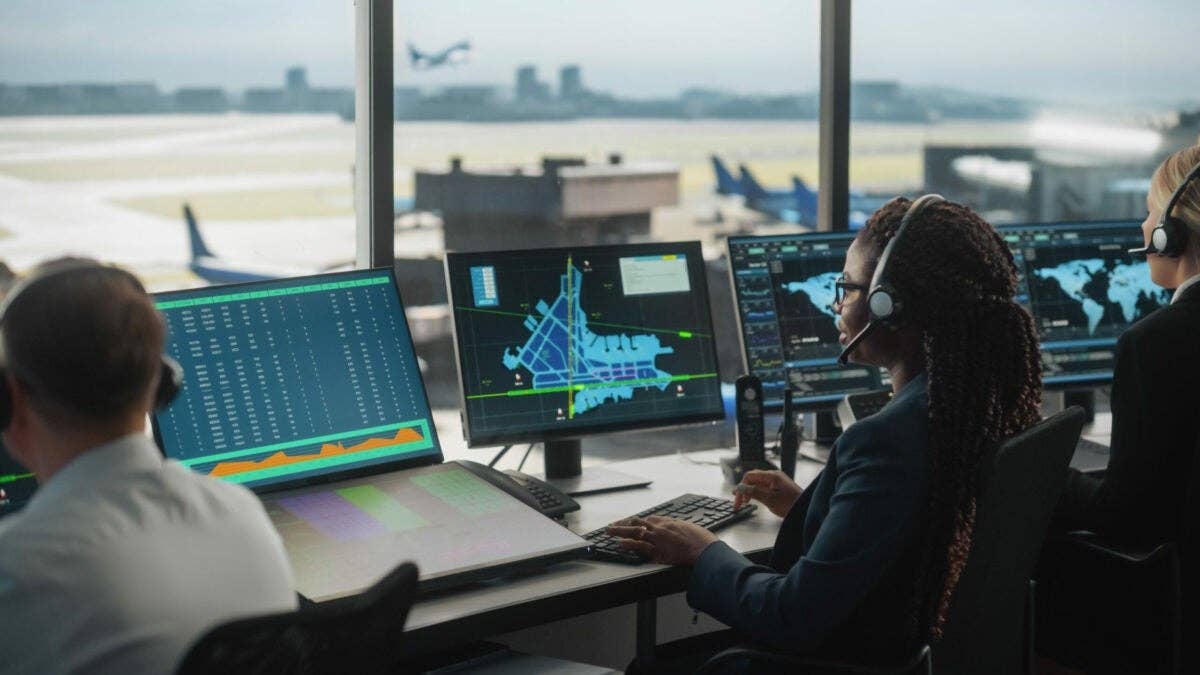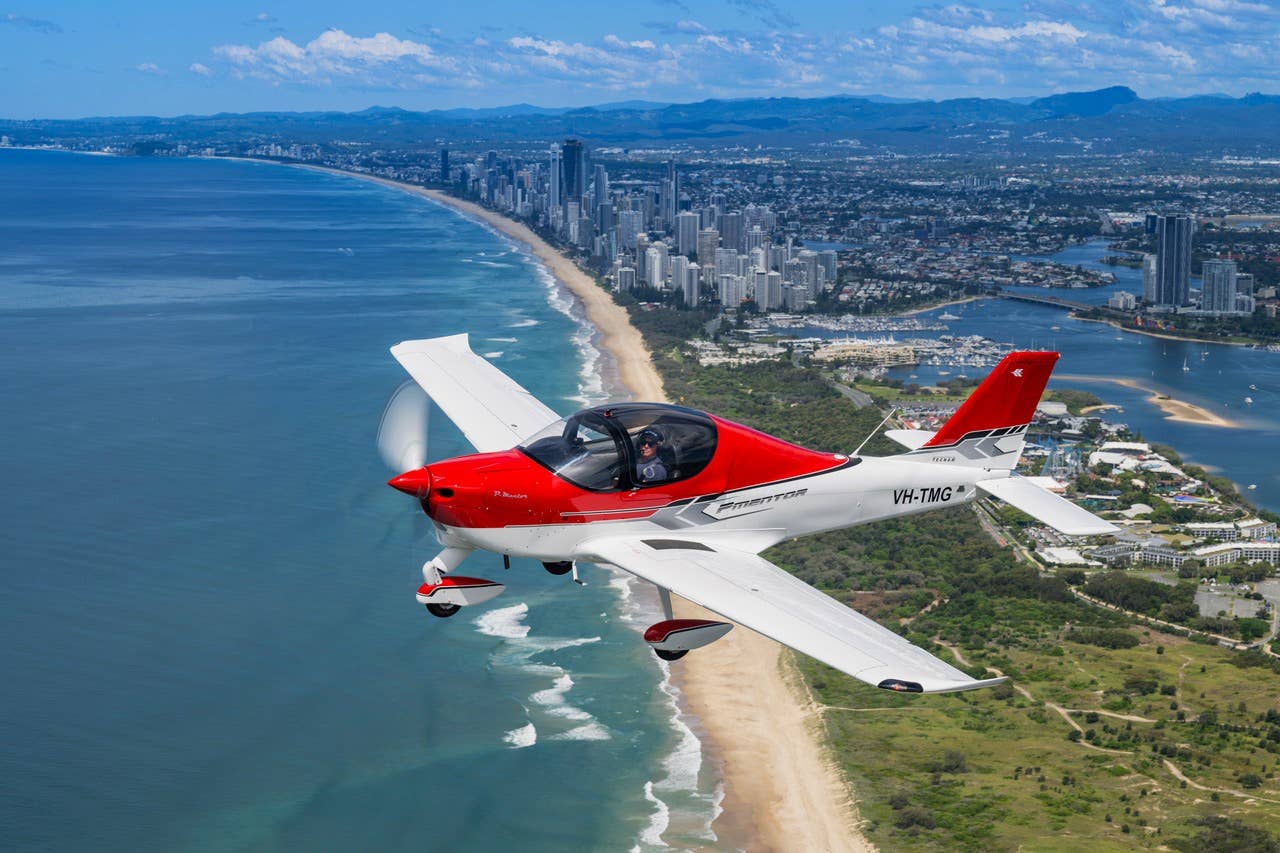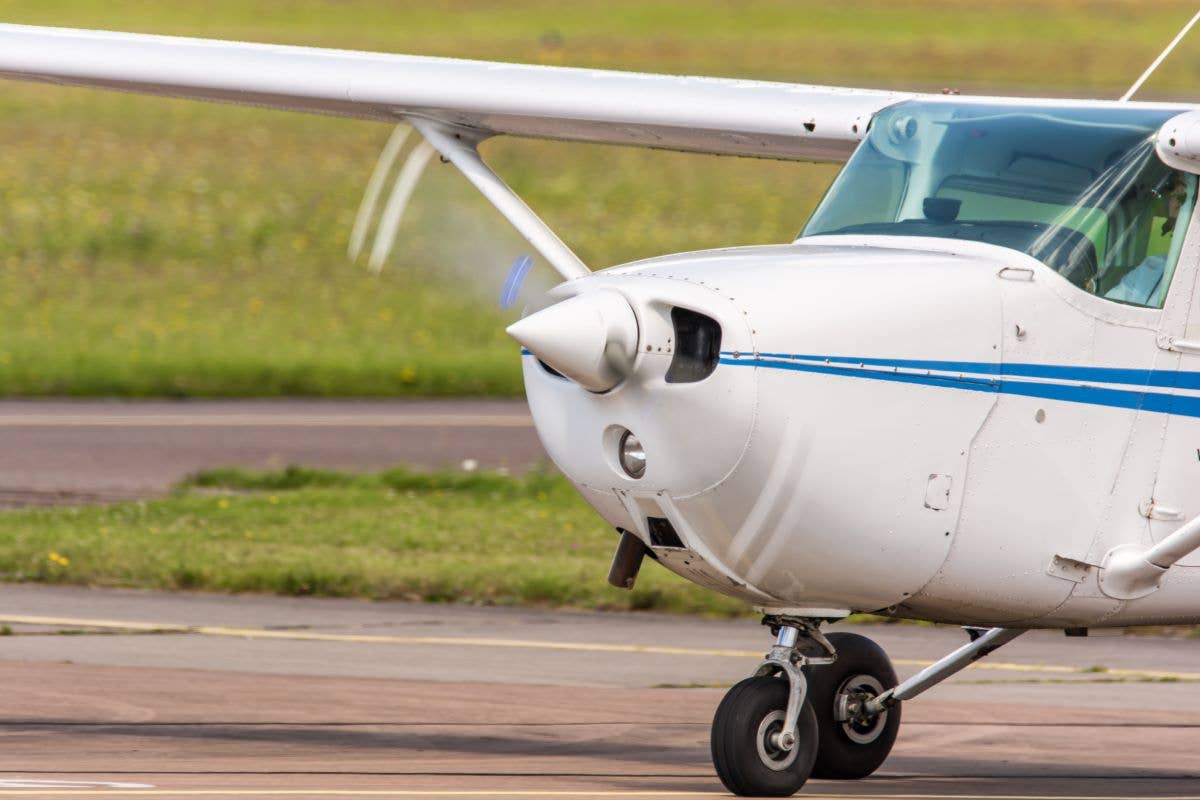Careless Pilots & Instrument Failures
When their equipment doesn’t work, pilots need to work a little harder.

“The Learjet had experienced a highly unlikely combination of events: failure of one critical instrument on the pilot’s side and another on the copilot’s.” Renato Spilimbergo Carvalho/Wikimedia
In January 1998, a Learjet 25B crashed 2 miles short of the runway at Houston George Bush Intercontinental Airport (IAH). It was on a positioning flight from Houston Hobby, across town, to pick up passengers for a Part 135 trip to Fargo, North Dakota. Both pilots died when the Learjet descended hundreds of feet below the glidepath, struck trees, disintegrated and burst into flames.
An improbable convergence of human and mechanical failures led to the accident.
The captain, 52, an 8,800-hour ATP, had logged 610 hours in Learjets in the past year alone. The first officer, 39, was a commercial and instructor pilot. She had 2,250 hours and was qualified as a second pilot on the Learjet 25 and 35 for three Houston-area Part 135 operators.
“An improbable convergence of human and mechanical failures led to the accident.”
On the morning of the accident, the weather at IAH was around minimums, with low ceilings, and visibility limited by mist and intermittent light rain. The flight left Hobby at around 7:45 a.m. and, a few minutes later, was cleared for the ILS approach to Runway 26 at IAH. (This runway is today’s 26L; 26R did not open until 2003.)
The captain was the pilot flying. A little past the final approach fix, his horizontal situation indicator displayed a warning that its heading function had become unreliable. Although other sources of heading information were available, the airplane turned left about 25 degrees and continued on that heading for the next 50 seconds as it descended to about 600 feet agl.
At this point, the first officer said, “You wanna go missed and go back? It shows you[‘re to the] right of course.” The captain agreed. At about the same time, the local controller, observing the jet to be a mile to the left of the localizer, asked the pilot to say his heading. The first officer told the controller they were going missed and returning to Hobby, but the captain said, “No, we just need to fly around a bit.”
The crew spent the next few minutes pulling and resetting circuit breakers, but the cockpit voice recording gave no indication that they managed to correct the problem. The captain then conceded that they should go back to Hobby, but a moment later said, “Well, let’s think about this a second.” Probably reflecting that the weather at Fargo was “severe clear” and that landing back at Hobby would also involve an instrument approach, the captain decided they might as well have another try at IAH.
At this point, the airplane was eastbound. The approach controller assigned a heading of 350. The captain said, “Right turn to 350?” and the first officer said, “Yeah.” The controller observed the airplane turning southbound and issued a new vector to “turn northbound heading 360.” The captain complied. Over the next 40 seconds, the first officer cautioned the captain three times to “watch the RMI.” (The radio magnetic indicator is a second source of heading information, separate from the captain’s failed HSI.)
When the crew had begun a second approach and had been cleared to land, the first officer, referring to her own instrument, said, “Apparently, the glideslope isn’t working. I can’t watch it.”
The Learjet began the approach slightly to the left of the localizer and, after passing the FAF, drifted outside the left edge of the localizer course. The first officer said, “Quit turning, quit turning. You’re gonna go through it. Follow mine right here.” The jet corrected to the right and began to regain the localizer course. As it neared the centerline, the first officer said, “OK, ease your wings back, to the right, to the right, to the right...”
Less than 4 miles from the runway threshold—the airplane on centerline and slightly below glideslope—the captain, for reasons that are not clear, said: “All right. Can you fly it?”
“Yeah,” the first officer replied. “I think so.”
“Where’s your glideslope?” the captain asked.
“Right here.”
“Look at it.”
“We are way above glideslope.”
“Right, ease it on down.”
In fact, the airplane was already between 200 and 300 feet below the glideslope.
“All right,” the first officer said. “Where’s the missed approach point?”
“Two hundred feet.”
“OK, 300 feet to missed. OK, I’m breaking out.”
“Don’t, don’t you look up.”
The last radar return had the airplane 400 feet below the glideslope. Six seconds later, 2 miles from touchdown and less than 84 feet above the runway threshold, it struck the top of an 80-foot tree.
Jet pilots reading the CVR transcript would notice some obvious deviations from standard operating procedures. The crew did not brief either approach, nor did they make altitude callouts. Changing pilots in midapproach is not recommended. Even nonpilots might notice that both pilots repeatedly confused right and left.
Most significant, however, one is struck by the confusion over altitude during the final portion of the approach. The Learjet was presumably more or less on glideslope when the captain handed it over to the first officer. Shortly afterward, although she had already said that her glideslope was not working, the first officer reported that they were “way above glideslope.” The captain must not have been monitoring his own glideslope at that point—perhaps, once his HSI compass failed, he had been looking at the copilot’s instruments—because he did not contradict her. When she asked for the decision height, he replied 200 feet; actually, it was 295 feet, that is, 200 feet above the threshold. They were still 2 miles from the runway—and should have known it, because the ILS was coupled with DME—when they descended through 200 feet msl without comment from either pilot.
The complicating factor, however, turned out to be something other than the carelessness of the crew. The copilot’s glideslope had been squawked two months earlier for showing a permanent fly-down indication, even though the instrument’s warning flag did not appear. The cause had been incorrectly identified as “sticking,” and the glideslope had been returned to service. In fact, the cause of the problem was a failed amplifier, which happened to be downstream of the warning flag in the instrument’s design logic. As far as one can tell from the CVR transcript, the crew was not aware of the glideslope’s history of trouble.
The Learjet had experienced a highly unlikely combination of events: failure of one critical instrument on the pilot’s side and another on the copilot’s. True, the glideslope failure preceded the flight, but as far as the crew was concerned the failures may as well have been simultaneous.
Nevertheless, the crew still had one good glideslope receiver, whose integrity could be verified simply by comparing distance and height along the glidepath with the figures on the approach plate. There was nothing wrong with the altimeters. The pilots could track the localizer; the crash occurred on the extended centerline of the runway. What they apparently lacked was the ability or motivation to fly the approach by the numbers, with sufficient attention to detail to notice that, when they were still 2 miles out, the decision height was already somewhere above their heads.
What accounts for such a casual attitude to an approach that should have concentrated the crew’s attention? Was it the tendency to minimize danger that makes a pilot, when both engines have quit and a wing is on fire, tell a controller, “We have a little problem”? Excessive familiarity with the airplane and the job? Each pilot’s belief in the competence and awareness of the other? Whatever it was, it carries a lesson: The price of safety is eternal vigilance.

Sign-up for newsletters & special offers!
Get the latest FLYING stories & special offers delivered directly to your inbox






